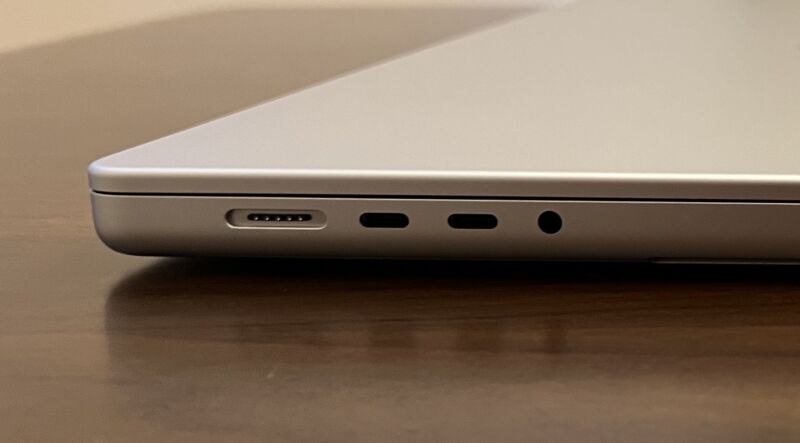
2021 might have been the calm before the storm.
Except for the introduction of a few new Apple Silicon Macs, 2021 has been a quiet year for Apple. The new iPhones offered improved cameras and battery life but were otherwise nearly identical to 2020's models. And apart from a slight bump in screen size, the new Apple Watch is barely distinguishable from its predecessors.
As 2021 draws to a close and we look ahead to 2022, it's a safe bet that next year is going to be a lot more interesting. So we have some predictions to share.
We're not 100 percent certain of any of the upcoming predictions, of course—as you know, Apple is a secretive animal. But as cagey as the company can be, it has occasionally been quite predictable in the Tim Cook era. And there have been more leaks about Apple's plans over the past few years than ever before.
All that said, here is some of what we expect to see from Apple over the next 12 months.
The dramatic desktop denouement for the Mac chip transition
The central Apple story of 2021 was one of anticipation. Apple announced and launched the first Apple Silicon processors in 2020 and promised a two-year transition from Intel to Apple Silicon across the Mac product line.
We saw in late 2020 what the M1 chip did for Apple's lower-end Macs, and Apple shared bold claims with us about what we could expect from higher-end laptops like the MacBook Pro further down the line.
And then we waited... for months. Apple released an M1 replacement for the 21.5-inch iMac, but the MacBook Pro and the more powerful desktops like the larger iMac and the Mac Pro were what had everyone wondering what to expect.Toward the end of this year, Apple delivered on its promise with massive performance in the M1 Pro and M1 Max MacBook Pro notebooks. But the 27-inch iMac and the Mac Pro, traditionally Apple's most beastly, powerful machines, are still on Intel.
Per the two-year roadmap Apple previously laid out, that's going to change in 2022.
You've probably read rumors that Apple will introduce a 30-inch iMac to replace the current Apple Silicon-powered one. The iMac will likely have the MacBook Pro's M1 Pro or M1 Max inside or (less likely) a second-generation successor to those.
As for the Mac Pro, a recent report in The Information claimed that it will feature a processor that is in the M1 line (likely based on the M1 Max). It will have two dies instead of one, offering potentially double the cores.
Along with an M1 Pro/M1 Max spec bump to the high-end Mac mini, that would mostly finalize the transition from Intel to Apple Silicon. Only a few stragglers, like the 13-inch MacBook Pro, would remain on Intel.
Further, Apple is said to be working on a radical redesign for the MacBook Air with a second-generation entry-level chip, probably called the M2. The redesigned device might simply be named "MacBook."
All of these are expected in 2022, so it's going to be a huge year for the Mac.
A major iPhone redesign
New iPhones will come in 2022—no surprises there, right? Aside from the usual flagship refreshes, we might see an updated iPhone SE.
But the big news will probably be a major redesign to the flagship phones in the fall. Part of that redesign might be the elimination of the Lightning port.
If Apple hasn't made the move to USB-C on flagship iPhones already, I don't think it's going to. 2020's redesign would have been the time to do it.
That's because I believe (and I have no inside knowledge—this is just my instinct based on covering Apple for the past few years) that Apple hasn't moved from Lightning to USB-C because it's going to skip USB-C altogether and go straight to a port-free, wirelessly charging iPhone.Otherwise, expect a continued emphasis on big screens and better cameras—two of the three big things (alongside battery life) consumers most often say they want when polled about their smartphone preferences.
It's also likely Apple will introduce an alternative to or replacement for Face ID, the face-scanning authentication system that has been in the flagship iPhone since late 2017. Face ID was a good idea, and despite a somewhat rocky start, it ended up being just as convenient and effective as Touch ID. But ultimately, a world of face masks made it look considerably less appealing compared to any number of alternatives.
reader comments
216